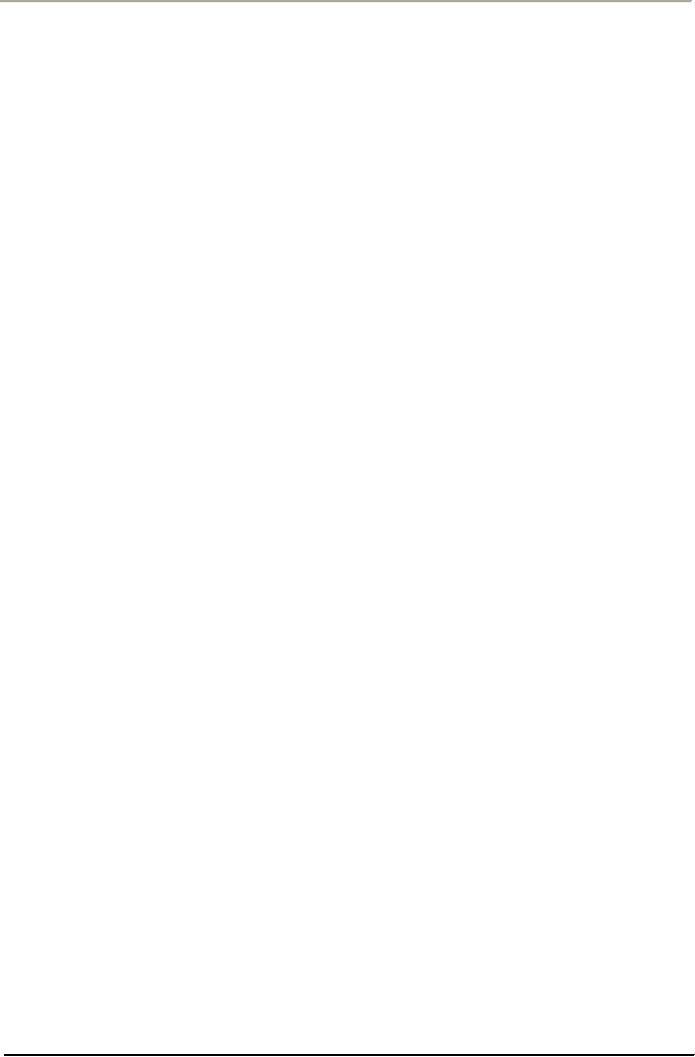 |

Total
Quality Management
MGT510
VU
Lesson
# 03
INTEGRATING
PEOPLE AND PERFORMANCE THROUGH
QUALITY MANAGEMENT
VIEWS
ON QUALITY
The
total quality philosophy
introduced a whole new way
of looking at performance of a company
through
people and managing the quality of
products and processes. The
traditional view of
quality
measured
process performance in defective parts
per hundred produced. With total
quality the same
measurement
is thought of I parts per million.
The traditional view focused
on after-the-fact inspections
of
products. With total quality the
emphasis is on continuous improvement of
products, processes, and
people
in order to prevent problems before
they occur. The traditional
view of quality saw employees
as
passive
workers who followed orders
given by supervisors and
managers. It was their
labor, not their
brains
that was wanted. With
total quality, employees are empowered to
think and make
recommendations
for continual improvement.
They are also shown the
control boundaries within
which
they
must work and are given
freedom to make decisions within those
boundaries.
The
traditional view of quality expected one
improvement per year per employee.
Total quality
organizations
expect to make at least 10 or more
improvements per employee per year.
Organizations
that
think traditionally focus on short-term
profits. The total quality
approach focuses on long-term
profits
and continual improvement.
The
following statements summarize
some of the major differences between the
traditional view of
quality
and the total quality perspective:
♦
Productivity
versus quality. The
traditional view is that
productivity and quality are
always in
conflict.
You cannot have both. The total
quality view is that lasting
productivity gains are
made
only as a result of quality
improvement.
♦
How
quality is defined. The
traditional view is that
quality is defined solely as
meeting
customer
specifications. The total
quality view is that quality
means satisfying customer
needs
and
exceeding customer expectations.
♦
How
quality is measured. The
traditional view is that
quality is measured by establishing
an
acceptable
level of nonconformance and measuring against that
benchmark. The total
quality
view
is that quality is measured by
establishing high-performance benchmarks
for customer
satisfaction
and then continually improving
performance.
♦
How
quality is achieved. The
traditional view is that
quality is inspected into the product.
The
total
quality view is that quality
is determined by product design and achieved by
effective
control
techniques.
♦
Attitude
toward defects. The
traditional view is that
defects are an expected part of
producing
a
product. Measuring defects per
hundred is an acceptable standard.
The total quality view
is
that
defects are to be prevented
using effective control
systems and should be
measured in
defects
per million (Six
Sigma)
♦
Quality
as a function. The
traditional view is that
quality is a separate function.
The total
quality
view is that quality should
be fully integrated throughout the
organization it should be
everybody's
responsibility.
♦
Responsibility
for quality. The
traditional view is that employees
are blamed for quality.
The
total
quality view is that 80 percent of
quality problems are management's
fault.
♦
Supplier
relationships. The
traditional view is that
supplier relationships are short term
and
cost
driven. The total quality
view is that supplier
relationships are long term
and quality
oriented.
10
Table of Contents:
- OVERVIEW OF QUALITY MANAGEMENT:PROFESSIONAL MANAGERIAL ERA (1950)
- TOTAL QUALITY MANAGEMENT AND TOTAL ORGANIZATION EXCELLENCE:Measurement
- INTEGRATING PEOPLE AND PERFORMANCE THROUGH QUALITY MANAGEMENT
- FUNDAMENTALS OF TOTAL QUALITY AND RATERS VIEW:The Concept of Quality
- TOTAL QUALITY MANAGEMENT AND GLOBAL COMPETITIVE ADVANTAGE:Customer Focus
- TOTAL QUALITY MANAGEMENT AND PLANNING FOR QUALITY AT OFFICE
- LEADERS IN QUALITY REVOLUTION AND DEFINING FOR QUALITY:User-Based
- TAGUCHI LOSS FUNCTION AND QUALITY MANAGEMENT
- WTO, SHIFTING FOCUS OF CORPORATE CULTURE AND ORGANIZATIONAL MODEL OF MANAGEMENT
- HISTORY OF QUALITY MANAGEMENT PARADIGMS
- DEFINING QUALITY, QUALITY MANAGEMENT AND LINKS WITH PROFITABILITY
- LEARNING ABOUT QUALITY AND APPROACHES FROM QUALITY PHILOSOPHIES
- TOTAL QUALITY MANAGEMENT THEORIES EDWARD DEMING’S SYSTEM OF PROFOUND KNOWLEDGE
- DEMING’S PHILOSOPHY AND 14 POINTS FOR MANAGEMENT:The cost of quality
- DEMING CYCLE AND QUALITY TRILOGY:Juran’s Three Basic Steps to Progress
- JURAN AND CROSBY ON QUALITY AND QUALITY IS FREE:Quality Planning
- CROSBY’S CONCEPT OF COST OF QUALITY:Cost of Quality Attitude
- COSTS OF QUALITY AND RETURN ON QUALITY:Total Quality Costs
- OVERVIEW OF TOTAL QUALITY APPROACHES:The Future of Quality Management
- BUSINESS EXCELLENCE MODELS:Excellence in all functions
- DESIGNING ORGANIZATIONS FOR QUALITY:Customer focus, Leadership
- DEVELOPING ISO QMS FOR CERTIFICATION:Process approach
- ISO 9001(2000) QMS MANAGEMENT RESPONSIBILITY:Issues to be Considered
- ISO 9001(2000) QMS (CLAUSE # 6) RESOURCES MANAGEMENT:Training and Awareness
- ISO 9001(2000) (CLAUSE # 7) PRODUCT REALIZATION AND CUSTOMER RELATED PROCESSES
- ISO 9001(2000) QMS (CLAUSE # 7) CONTROL OF PRODUCTION AND SERVICES
- ISO 9001(2000) QMS (CLAUSE # 8) MEASUREMENT, ANALYSIS, AND IMPROVEMENT
- QUALITY IN SOFTWARE SECTOR AND MATURITY LEVELS:Structure of CMM
- INSTALLING AN ISO -9001 QM SYSTEM:Implementation, Audit and Registration
- CREATING BUSINESS EXCELLENCE:Elements of a Total Quality Culture
- CREATING QUALITY AT STRATEGIC, TACTICAL AND OPERATIONAL LEVEL
- BIG Q AND SMALL q LEADERSHIP FOR QUALITY:The roles of a Quality Leader
- STRATEGIC PLANNING FOR QUALITY AND ADVANCED QUALITY MANAGEMENT TOOLS
- HOSHIN KANRI AND STRATEGIC POLICY DEPLOYMENT:Senior Management
- QUALITY FUNCTION DEPLOYMENT (QFD) AND OTHER TOOLS FOR IMPLEMENTATION
- BASIC SQC IMPROVEMENT TOOLS:TOTAL QUALITY TOOLS DEFINED
- HOW QUALITY IS IMPLEMENTED? A DIALOGUE WITH A QUALITY MANAGER!
- CAUSE AND EFFECT DIAGRAM AND OTHER TOOLS OF QUALITY:Control Charts
- STATISTICAL PROCESS CONTROL (SPC) FOR CONTINUAL QUALITY IMPROVEMENT
- STATISTICAL PROCESS CONTROL….CONTD:Control Charts
- BUILDING QUALITY THROUGH SPC:Types of Data, Defining Process Capability
- AN INTERVIEW SESSION WITH OFFICERS OF A CMMI LEVEL 5 QUALITY IT PAKISTANI COMPANY
- TEAMWORK CULTURE FOR TQM:Steering Committees, Natural Work Teams
- UNDERSTANDING EMPOWERMENT FOR TQ AND CUSTOMER-SUPPLIER RELATIONSHIP
- CSR, INNOVATION, KNOWLEDGE MANAGEMENT AND INTRODUCING LEARNING ORGANIZATION